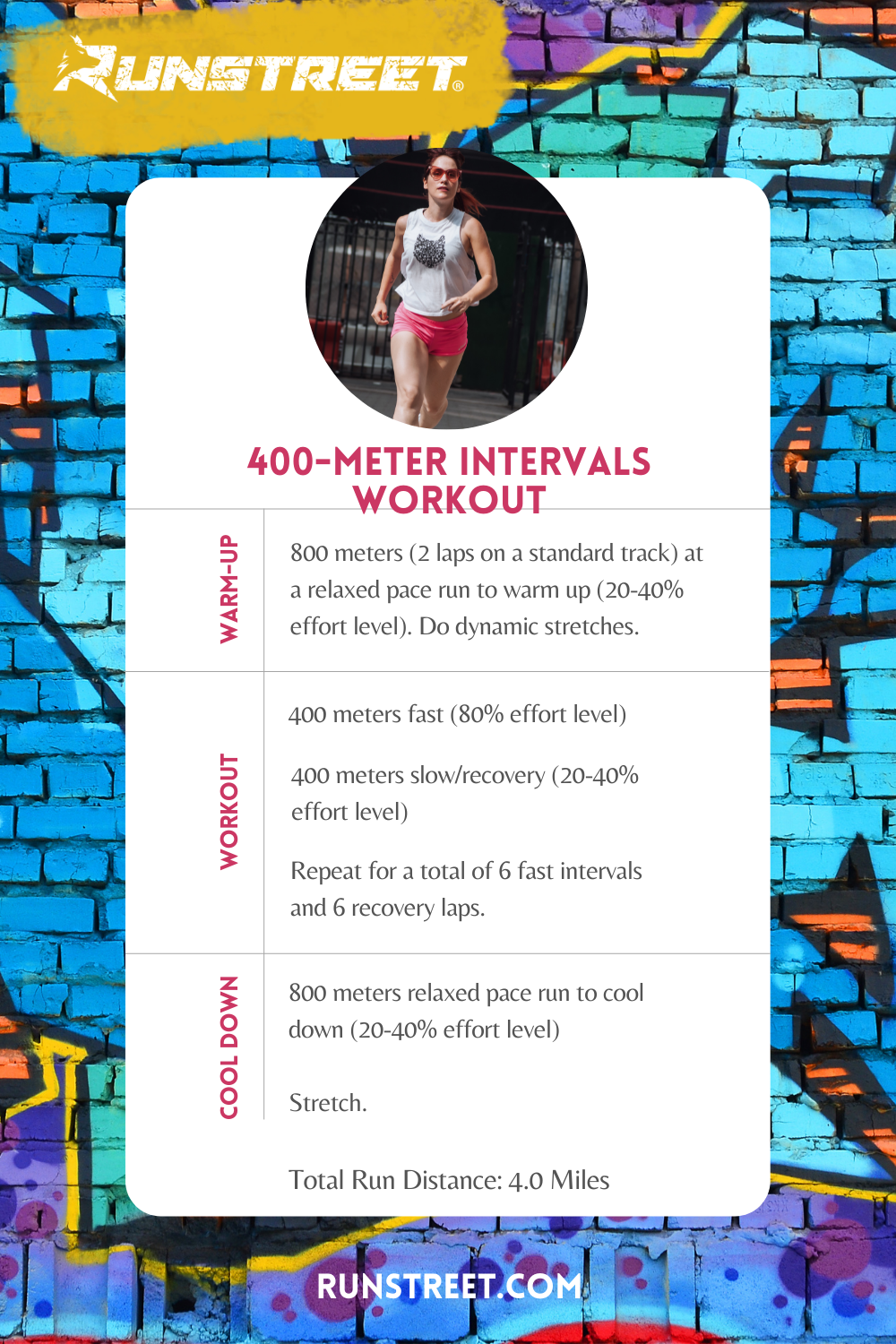Turbocharge Your Runs: Open Your Prospective with Strategic Running Workouts
Turbocharge Your Runs: Open Your Prospective with Strategic Running Workouts
Blog Article
Getting Rid Of Pain in Running: Approaches and Strategies That Work
Discomfort is a typical friend for many runners, typically acting as an obstacle to accomplishing their wanted objectives. Nonetheless, with the ideal techniques and techniques, it is possible to conquer and also stop the pain related to running. By discovering different techniques such as comprehending the different sorts of running discomfort, enhancing shoes and kind, incorporating cross-training and toughness exercises, executing reliable recovery techniques, and preserving appropriate nutrition and hydration, joggers can possibly relieve their pain and boost their general running experience.
Understanding Different Sorts Of Running Discomfort

One more type of running pain is joint pain, which can materialize as a sharp or achy pain in locations such as the knees, hips, or ankle joints (running workout). Joint pain might be triggered by aspects like inappropriate running form, overuse, or underlying problems like joint inflammation (more about it here). It is crucial to differentiate between muscle mass pain and joint pain, as the latter might need clinical attention to protect against additional injury
Understanding the different kinds of running discomfort is important for efficient administration and avoidance approaches to ensure a safe and pleasurable running experience.
Correct Footwear and Running Form
To enhance performance and lower the threat of running-related injuries, choosing appropriate footwear and maintaining proper running kind are necessary parts for runners of all levels. Proper footwear plays an important role in offering support, cushioning, security, and protection for the feet and lower limbs. It is suggested to select running shoes that are particularly developed for the individual's foot kind, running stride, and the type of running task they participate in. Getting fitted for shoes at a specialized running shop can assist ensure the best fit and assistance.
:max_bytes(150000):strip_icc()/HIIT-treadmill-workout-promo-04629651f9fc4854a8afca1c29ba528a.jpg)
Cross-Training and Stamina Exercises
Toughness exercises, like squats, lunges, and core exercises, play a critical function in supporting muscles and boosting running performance. They can deal with muscle mass imbalances, boost dexterity, and boost power result, all of which are important for running efficiency.
Incorporating cross-training and strength exercises right into a running routine must be done tactically. It is essential to enable ample rest between running sessions and cross-training activities to avoid overuse injuries. Furthermore, focusing on appropriate form and method throughout strength exercises is key to optimizing their advantages and reducing the risk of injury. By including these aspects right into a running routine, runners can build a stronger structure, boost efficiency, and appreciate a much more lasting running experience.
Recovery and Relax Methods
Having actually developed the value of cross-training and strength exercises in a comprehensive running routine, attention can currently be directed in the direction of Healing and Rest Techniques as indispensable elements for enhancing performance and lowering the risk of injuries. (running workout)
Healing after running is crucial for muscle mass repair service and development. Strategies such as foam rolling, stretching, and massage assistance in minimizing muscle mass soreness and boosting versatility. Adequate rest between runs allows the body to recoup and adjust to the physical stress, preventing overuse injuries.
Integrating active recovery days right into a training schedule, where low-intensity tasks like strolling or biking are executed, can improve blood flow and promote recovery without placing excess strain on the muscular tissues. Additionally, proper hydration and nutrition play an important function in the healing procedure by replenishing shed liquids and nutrients.
Quality rest is another crucial element of recuperation that should not be overlooked. During rest, the body goes through fixing and regeneration processes, adding to overall physical and psychological wellness. By prioritizing recovery and rest methods, runners can keep optimal performance levels and lower the possibility of experiencing pain or injuries.
Nourishment and Hydration for Runners
Carbohydrates offer power for running, while proteins help in muscle repair and recuperation. Appropriate hydration is likewise vital to maintain ideal performance, as even light dehydration can adversely influence running performance. Furthermore, timing meals and snacks suitably before runs can assist protect against gastrointestinal pain and offer the required power for peak efficiency.
Verdict
Finally, by understanding redirected here the different kinds of running discomfort, using proper shoes, maintaining proper running type, integrating cross-training and toughness workouts, prioritizing recuperation and rest, and concentrating on nourishment and hydration, joggers can effectively overcome discomfort and boost their performance. Executing these approaches and strategies can aid joggers prevent injuries, enhance their endurance, and eventually enjoy an extra fulfilling running experience.
Report this page